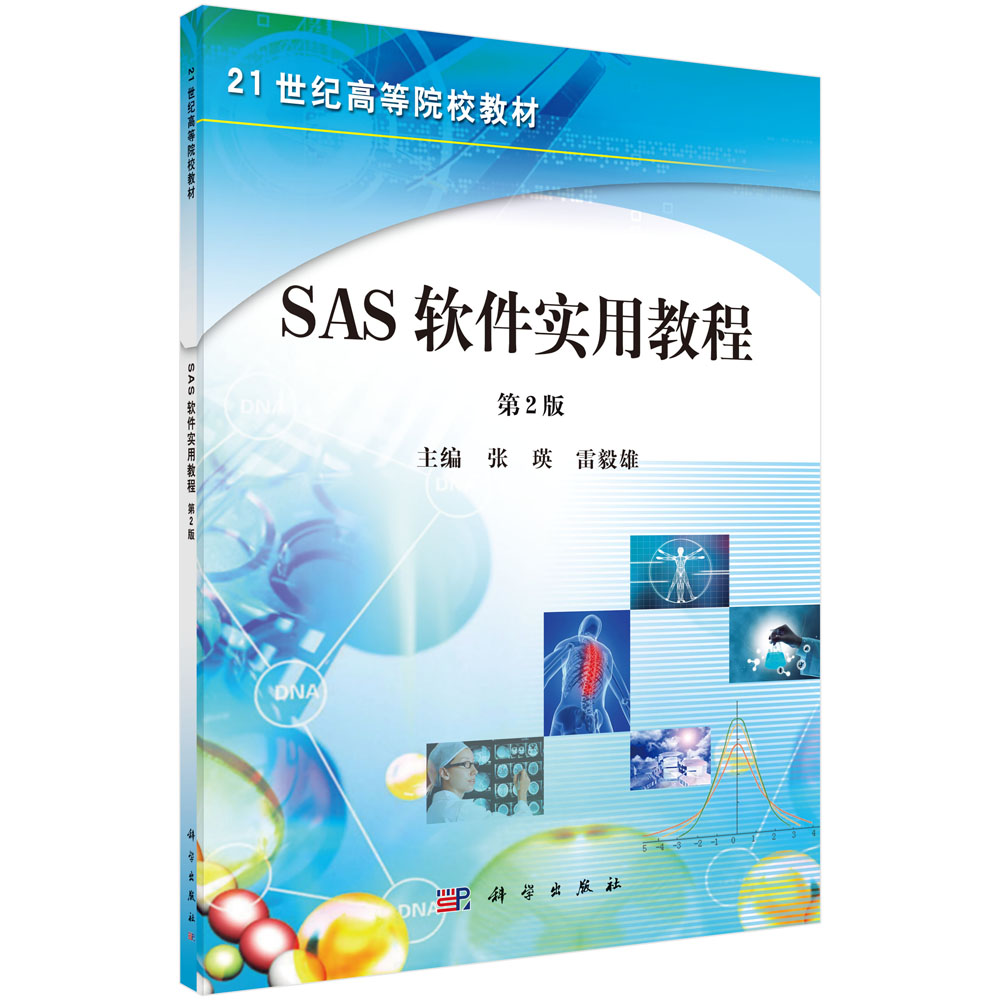本书系统深入地阐述了仿鹰眼视觉原理、理论、模型、方法、技术、系统及典型应用。全书共10章,首先概述了仿鹰眼视觉技术的新进展,在分析鹰眼生理结构和功能特点的基础上,研究并建立了鹰眼视觉理论模型,分析了鹰眼-脑-行为的通路特性,设计并实现了仿鹰眼-脑-行为视觉成像系统。针对目标识别、特征提取等关键技术难题,提出了仿鹰眼视觉强视力智能感知方法,并通过空中加油和自主着舰等典型应用场景验证了相关技术。本书突出前沿学科交叉,强调问题驱动和工程应用背景,力求使广大读者能快速掌握和应用仿鹰眼视觉的理论、模型、方法和关键技术。
样章试读
目录
- 目录
前言
缩略语对照表
第1章 绪论 1
1.1 引言 1
1.2 仿生视觉技术与系统 4
1.3 鹰眼视觉系统特点与发展概况 6
1.3.1 鹰眼生理结构及功能特点 6
1.3.2 视觉通路及功能描述 7
1.3.3 鹰捕食行为影响因素 11
1.4 仿鹰眼视觉技术研究现状 12
1.5 本书体系结构 16
1.6 本章小结 17
参考文献 17
第2章 仿鹰眼对比度感应机制的目标检测 23
2.1 引言 23
2.2 鹰眼对比度感应机制与特征计算 25
2.2.1 鹰眼对比度感应机制 25
2.2.2 局部对比度特征计算 26
2.2.3 目标检测算法流程 30
2.2.4 仿真实验分析 30
2.3 鹰眼对比敏感度函数与特征提取 36
2.3.1 对比敏感度函数 36
2.3.2 轮廓特征提取算法流程 38
2.3.3 仿真实验分析 42
2.4 本章小结 45
参考文献 45
第3章 仿鹰眼颜色拮抗与感受野轮廓提取 48
3.1 引言 48
3.2 鹰眼颜色感知与轮廓提取 50
3.2.1 鹰眼颜色感知 50
3.2.2 鹰眼轮廓提取 51
3.3 颜色拮抗与感受野特性模拟 52
3.3.1 颜色拮抗机制 52
3.3.2 核团感受野模拟 53
3.3.3 轮廓提取算法 57
3.4 仿真实验分析 58
3.5 本章小结 63
参考文献 64
第4章 仿鹰视顶盖响应的初级视觉注意 67
4.1 引言 67
4.2 鹰视顶盖信息处理机理 69
4.2.1 视顶盖生理结构 69
4.2.2 视顶盖与视觉注意的关系 70
4.2.3 鹰视顶盖神经元响应模拟计算 71
4.3 仿鹰视顶盖响应的初级显著图提取 72
4.3.1 鹰视顶盖响应统计特性分析 72
4.3.2 多颜色空间显著值计算 75
4.3.3 多颜色空间显著值融合 77
4.4 仿真实验分析 78
4.5 本章小结 85
参考文献 85
第5章 仿鹰视顶盖-峡核调制显著图提取 89
5.1 引言 89
5.2 鹰视顶盖-峡核神经联系 91
5.2.1 峡核信息处理 91
5.2.2 “胜者为王”网络 91
5.3 分层显著图提取 93
5.3.1 视顶盖-峡核回路模拟 93
5.3.2 显著图计算 95
5.4 仿真实验分析 96
5.5 本章小结 106
参考文献 107
第6章 仿鹰眼交叉抑制的动态目标感知 110
6.1 引言 110
6.2 鹰眼视觉交叉抑制特性 111
6.3 基于交叉抑制的多尺度运动特征计算 112
6.3.1 运动特征提取 112
6.3.2 特征分布差异性 114
6.3.3 多尺度特征综合 116
6.4 仿真实验分析 118
6.5 本章小结 125
参考文献 125
第7章 仿鹰眼-脑-行为视觉成像 128
7.1 引言 128
7.2 仿鹰眼-脑-行为视觉成像装置设计方案 130
7.2.1 成像装置结构 130
7.2.2 图像采集与控制系统 132
7.3 仿鹰眼-脑-行为处理单元设计与实现 135
7.3.1 实现算法 136
7.3.2 具体步骤 140
7.3.3 仿真实验分析 141
7.4 仿鹰眼双小凹光学成像系统设计与实现 146
7.4.1 双小凹光学成像系统设计 146
7.4.2 动态双小凹鹰眼仿生成像系统与自适应校正 147
7.5 本章小结 148
参考文献 149
第8章 仿鹰眼视觉的空中加油目标检测 151
8.1 引言 151
8.2 仿鹰眼视觉的图像颜色分割 153
8.2.1 鹰眼颜色感知机制 153
8.2.2 加油锥套合作目标设计 156
8.2.3 特征提取及匹配 157
8.3 仿鹰眼视觉的空中加油目标轮廓提取 159
8.3.1 仿鹰眼感受野机制的目标轮廓提取 160
8.3.2 仿鹰眼侧抑制机制的目标轮廓提取 162
8.4 仿真实验分析 163
8.4.1 图像颜色分割 163
8.4.2 目标轮廓提取 165
8.4.3 锥套特征点提取及匹配 166
8.5 本章小结 167
参考文献 168
第9章 仿鹰眼视觉的自主着舰导引 170
9.1 引言 170
9.2 仿鹰眼视觉着舰导引系统框架 172
9.2.1 自主着舰任务想定 172
9.2.2 仿鹰眼视觉导引系统结构组成 172
9.2.3 仿真平台总体框架 173
9.3 FlightGear着舰视景设计与仿真 174
9.3.1 FlightGear着舰视景配置 174
9.3.2 FlightGear与Matlab联合仿真环境 176
9.3.3 图像采集与目标检测 177
9.3.4 仿真实验分析 178
9.4 本章小结 186
参考文献 186
第10章 研究前沿与展望 189
10.1 引言 189
10.2 发展趋势 190
10.3 关键技术 193
10.4 本章小结 194
参考文献 194
CONTENTS
Foreword Preface Abbreviation
Chapter 1 Exordium 1
1.1 Introduction 1
1.2 Bionic Vision Technology and System 4
1.3 Feature and Development of Eagle-Eye Vision System 6
1.3.1 Physiological Structure and Functional Characteristics 6
1.3.2 Visual Pathway and Function Description 7
1.3.3 Influencing Factor of Eagle Predation 11
1.4 Research Status of Eagle-Eye Vision Technology 12
1.5 Organization of This Book 16
1.6 Summary 17
References 17
Chapter 2 Target Detection Based on Eagle-Eye Contrast Sensing Mechanism 23
2.1 Introduction 23
2.2 Eagle-Eye Contrast Sensing Mechanism and Feature Calculation 25
2.2.1 Eagle-Eye Contrast Sensing Mechanism 25
2.2.2 Local Contrast Feature Calculation 26
2.2.3 Algorithm Flow of Object Detection 30
2.2.4 Simulation Experimental Analysis 30
2.3 Eagle-Eye Contrast Sensitivity Function and Feature Extraction 36
2.3.1 Contrast Sensitivity Function 36
2.3.2 Procedure Flow of Contour Extraction 38
2.3.3 Simulation Experimental Analysis 42
2.4 Summary 45
References 45
Chapter 3 Contour Extraction Based on Eagle-Eye Color Antagonism and Receptive Field 48
3.1 Introduction 48
3.2 Eagle-Eye Color Perception and Contour Extraction 50
3.2.1 Eagle-Eye Color Perception 50
3.2.2 Contour Extraction Based on Eagle-Eye Vision System 51
3.3 Simulation of Color Antagonism and Receptive Field Characteristics 52
3.3.1 Color Antagonism 52
3.3.2 Simulation of Nuclei Receptive Field 53
3.3.3 Contour Extraction Algorithm 57
3.4 Simulation Experimental Analysis 58
3.5 Summary 63 References 64
Chapter 4 Primary Visual Attention Based on Eagle Optic Tectum Response 67
4.1 Introduction 67
4.2 Information Processing Mechanism of Eagle Optic Tectum 69
4.2.1 Physiological Structure of Optic Tectum 69
4.2.2 Relationship Between Optic Tectum and Visual Attention 70
4.2.3 Response Calculation of of Optic Tectum Neurons 71
4.3 Primary Saliency Map Extraction Based on Eagle Optic Tectum Response 72
4.3.1 Statistical Characteristic Analysis of Eagle Optic Tectum Response 72
4.3.2 Multi Color Space Saliency Calculation 75
4.3.3 Multi Color Space Saliency Fusion 77
4.4 Simulation Experimental Analysis 78
4.5 Summary 85
References 85
Chapter 5 Saliency Detection Based on Modulation of Eagle Optic Tectum and Nucleus Isthmi 89
5.1 Introduction 89
5.2 Neural Connection of Eagle Optic Tectum and Nucleus Isthmi 91
5.2.1 Information Processing of Nucleus Isthmi 91
5.2.2 Winner-Take-All Network 91
5.3 Hierarchical Saliency Map Extraction 93
5.3.1 Imitation of Optic Tectum and Nucleus Isthmi 93
5.3.2 Saliency Detection 95
5.4 Simulation Experimental Analysis 96
5.5 Summary 106
References 107
Chapter 6 Moving Target Perception Based on Eagle-Eye Cross-suppression 110
6.1 Introduction 110
6.2 Cross-suppression Characteristic of Eagle-Eye 111
6.3 Multi-scale Motion Feature Calculation Based on Cross-suppression 112
6.3.1 Motion Feature Extraction 112
6.3.2 Difference in Feature Distribution 114
6.3.3 Multi-scale Feature Synthesis 116
6.4 Simulation Experimental Analysis 118
6.5 Summary 125
References 125
Chapter 7 Eagle-Eye-Brain-Behavior Visual Imaging 128
7.1 Introduction 128
7.2 Design of Eagle-Eye-Brain-Behavior Visual Imaging Device 130
7.2.1 Imaging device structure 130
7.2.2 Image Acquisition and Control System 132
7.3 Design and Implementation of Eagle-Eye-Brain-Behavior Processing Unit 135
7.3.1 Implemented Algorithm 136
7.3.2 Detailed Procedure 140
7.3.3 Simulation Experimental Analysis 141
7.4 Design and Implementation of Eagle-Eye Dual-Foveated Imaging System 146
7.4.1 Design of Dual-Foveated Imaging System 146
7.4.2 Dynamic Eagle Eye Dual-Foveated Imaging System and Adaptive Correction 147
7.5 Summary 148
References 149
Chapter 8 Target Detection Based on Eagle-Eye Vision for Aerial Refueling 151
8.1 Introduction 151
8.2 Color Segmentation Based on Eagle-Eye Vision 153
8.2.1 Color Perception Mechanism of Eagle-Eye 153
8.2.2 Design of Cooperation Target for Drogue 156
8.2.3 Feature Extraction and Matching 157
8.3 Target Contour Extraction on Eagle-Eye Vision for Aerial Refueling 159
8.3.1 Target Contour Extraction Based on Receptive Field Mechanism of Eagle-Eye 160
8.3.2 Target Contour Extraction Based on Lateral Inhibition Mechanism of Eagle-Eye 162
8.4 Simulation Experimental Analysis 163
8.4.1 Image Color Segmentation 163
8.4.2 Target Contour Extraction 165
8.4.3 Feature Extraction and Matching for Drogue 166
8.5 Summary 167
References 168
Chapter 9Autonomous Carrier Landing Guidance Based on Eagle-Eye Vision 170
9.1 Introduction 170
9.2 Framework of Autonomous Carrier Landing Guidance Based on Eagle-Eye Vision 172
9.2.1 Mission Assumption of Autonomous Carrier Landing 172
9.2.2 Structural Composition of Eagle-Eye Vision Guidance System 172
9.2.3 Overall Framework of Simulation Platform 173
9.3 Design and Simulation for Autonomous Carrier Landing using FlightGear 174
9.3.1 Configuration of Visual Display for Autonomous Carrier Landing 174
9.3.2 Joint Simulation Environment with FlightGear and Matlab 176
9.3.3 Image Acquisition and Target Detection 177
9.3.4 Simulation Experimental Analysis 178
9.4 Summary 186
References 186
Chapter 10 Frontier and Prospect 189
10.1 Introduction 189
10.2 Development Tendency 190
10.3 Key Technologies 193
10.4 Summary 194
References 194





























